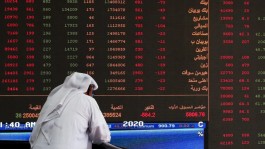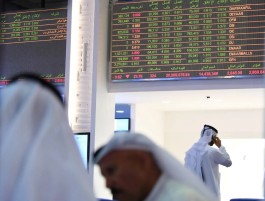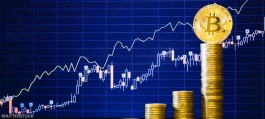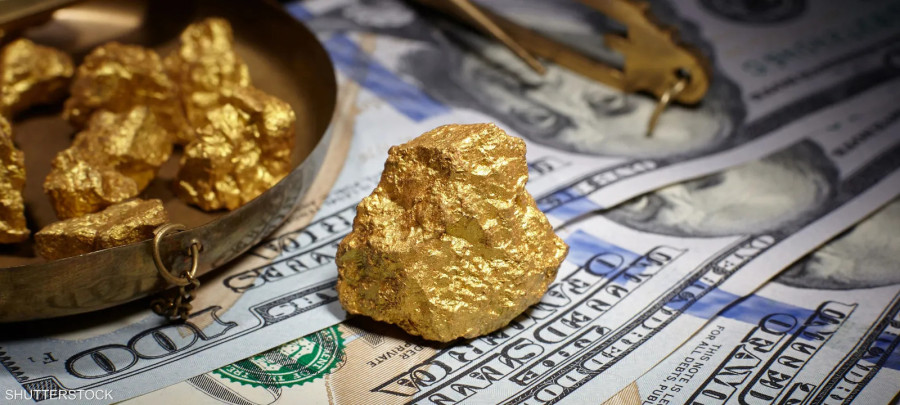Gold prices suffered losses for the second week in a row, affected by the rise in the dollar and Treasury bond yields, after the US Federal Reserve Chairman’s statements tending to monetary tightening.
Federal Reserve officials, including Chairman Jerome Powell, said Thursday that they are still not confident that interest rates are high enough to end the battle with inflation.
This shook the market's expectations that US interest rates would reach their peak.
After Powell's comments, 10-year US Treasury bond yields rose from their lowest levels in more than a month, making the non-yielding yellow metal less attractive to investors.
Traders now expect the US Central Bank's first possible interest rate cut in June next year, instead of previous expectations of a cut in May.
High interest also increases the opportunity cost of holding gold.
The dollar index - which measures the performance of the US currency against a basket of six major currencies - settled at 105.86 points, recording weekly gains of about 0.8 percent.
University of Michigan data revealed that the consumer confidence index declined by 5 percent on a monthly basis to 60.4 points in the preliminary reading for November, while long-term inflation expectations rose to 3.2 percent from 3 percent last month, which is the highest reading since 2011.
The FedWatch tool showed investors' preference for the Federal Reserve not to change its monetary policy at 90.9 percent during the next meeting in December, compared to 95.2 percent one week ago.
Weekly performance
Gold fell in spot trading by about 0.9 percent to $1,940.20 per ounce, recording weekly losses of about 2.6 percent, equivalent to $66 per ounce.
In two weeks, the yellow metal suffered losses of about 3.4 percent.
Upon settlement, US gold futures fell 1.6 percent to $1,937.70. Recording weekly losses of 3.1 percent.
Fouad Razaqzada, market analyst at City Index, said that Powell's hawkishness in his recent statements is the main reason for gold's weakness this week. It may also be undermined by the improvement in investors' appetite for risk over the past few weeks.
Palladium also fell to its lowest levels in five years below $1,000 per ounce, and its decline was accelerated by the rapid spread of electric cars and the choice of automakers from cheaper platinum in the manufacture of vehicles.
Platinum fell 1.94 percent to $845.83, its worst week since mid-2021. Palladium fell 3.3 percent to $961.77.
Automakers use both metals in vehicle manufacturing to reduce engine emissions.




































